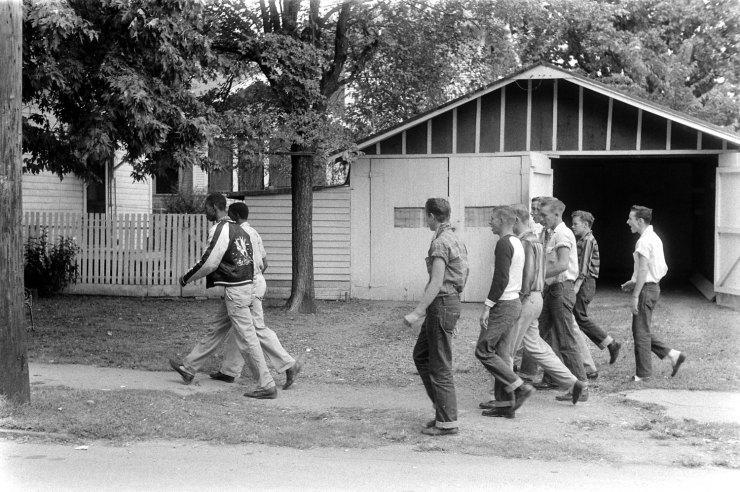This article was originally previewed on the blog. You can find the full-length article in issue 2 of our magazine, History is Now, published in November 2013.
Click here for more information on the magazine.
Meanwhile, here is the start of the article...
In the era of modern electronic communications it is sometimes hard to appreciate the immense difficulty which previous generations had in passing messages over both large and not so large distances. An era in which the written word was the sole means of correspondence with other communities, relations and business interests, made responses slow, with no guarantees of them being received. This method was of course the preserve of the educated few and seems to those who enjoy instant world-wide correspondence as almost pre-historic. It is harder to imagine the difficulties which the poor and illiterate had in conveying their message to friends and family outside of their locality.
African-American slaves dancing to music. Name: The Old Plantation, late 18th century, artist unknown.
The rural mid-nineteenth century Southern States of America was populated by millions of poor and illiterate black and white people. The black slave population, continuously denied the most basic of rights, were never going to be presented with a chance to better themselves educationally....
Click here for information on the magazine on iTunes.
Click here for our magazine information page.
The full-length article is by Barry Sheppard, a talented part-time blogger with a varied and growing list of historical interests.








